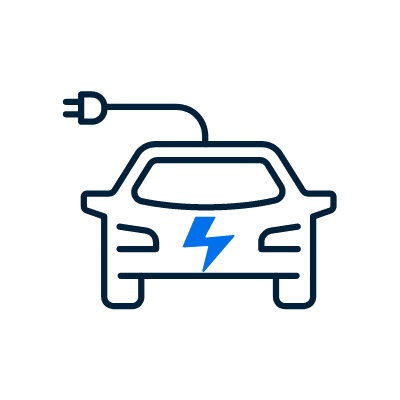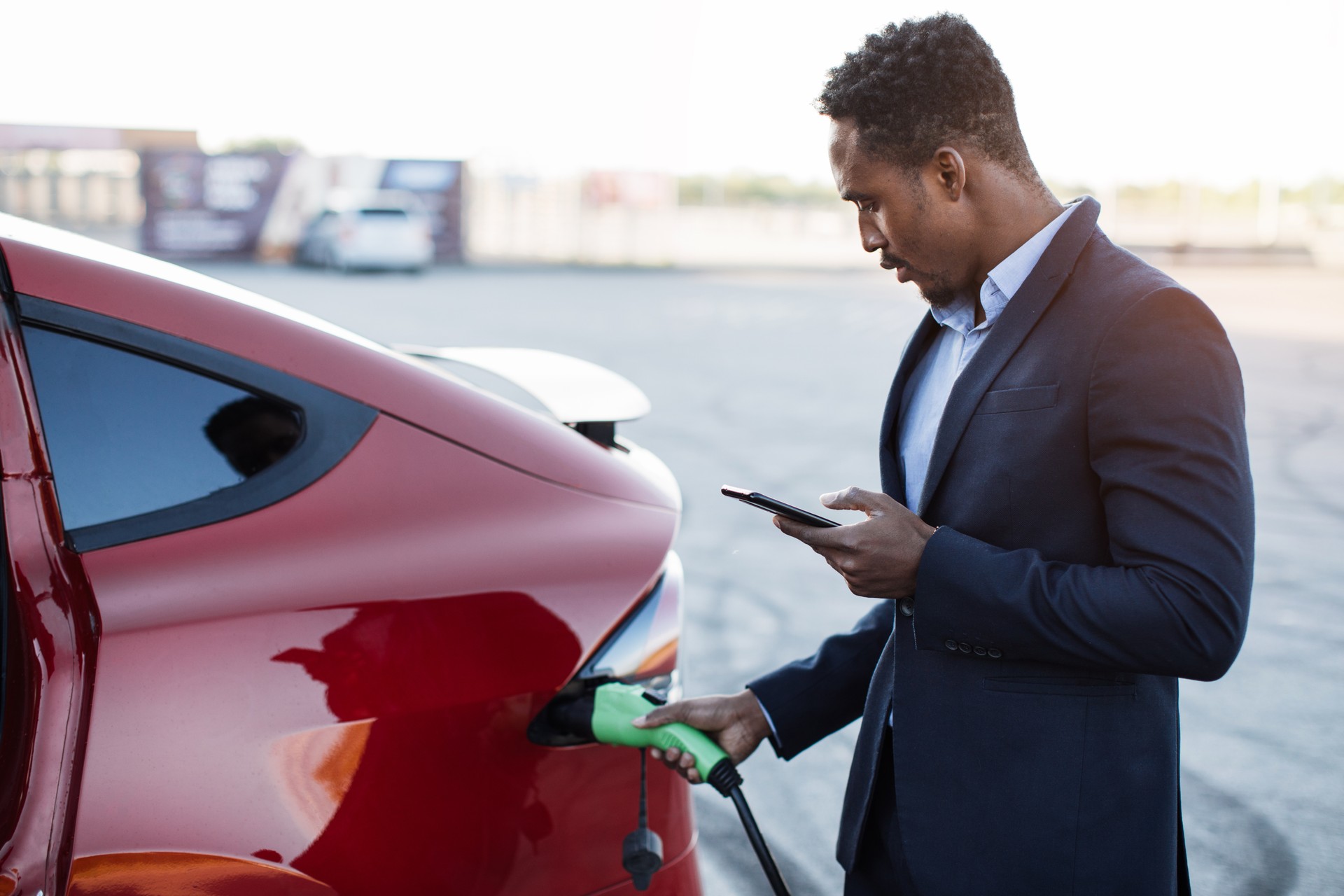US consumers will be able to choose from 242 EVs in 2030. It’s no wonder market share is forecasted to reach 15 percent by 2025, and 51 percent by 2033.1
Understanding the profile of EV buyers and what type of message they will respond to is crucial for dealerships adapting to this changing marketplace.
For example, a 2021 Escalant study of EV intenders found:
- 75 percent of prospective EV buyers still want to buy their vehicle in person.
- 63 percent say test driving is important.
- 31 percent indicate a dealership salesperson would be among their primary sources of information.
Knowledgeable dealers can help inform this new generation of “mainstream” EV customers about EV affordability, charging, range, and service, building trust in the process.2 Even more importantly for dealerships, learning where to find, target, and reach EV buyers with compelling marketing will position them for success. Below are insights to help auto dealers find success connecting with today’s EV buyers.
Where is EV growth coming from?
In recent years, EV buyers have been coming primarily from the luxury segment but new competition from mainstream brands and a wealth of new affordable EV options for customers has resulted in the need for a shift in conquest strategy for dealers.
Luxury brands hold a commanding 80 percent share, while mainstream brands account for just 20 percent of EV volume.3 According to a November 2022 S&P Global Report, of the more than 525,000 EVs registered over the first nine months of 2022, nearly 340,000 were Teslas.4 However, trends are changing as the number of EV buyers continues to grow, and buyers look for options available at lower price points.
It is worth noting that more than 100 models are being released by mainstream brands over the next three years, and the number of models with a price point under $50,000 will more than triple during this time. New EV offerings from Hyundai, Kia, and Volkswagen will join the Ford Mustang Mach-E, the Chevrolet Bolt (EV and EUV), and the Nissan Leaf in the mainstream brand space. At the same time, luxury EVs from Mercedes-Benz, BMW, and Audi will continue to compete with Tesla in the high-end market. Consequently, S&P Global predicts that Tesla's EV share will drop to 20 percent by 2025.5
Why this matters:
Re-evaluating the profile of future EV buyers will help you build your conquest strategy. Depending on the models available to your dealership, you can target luxury buyers with one marketing campaign and mainstream buyers with another.
Take Action:
46 percent of all consumers are now multiscreen viewers, so making multiscreen advertising part of your marketing strategy to reach your customers has never been more important.6 By employing Spectrum Reach’s aggregated and de-identified audience viewership data and marrying it with automotive data from S&P Global, Spectrum Reach Automotive can help you build a multiscreen advertising campaign that targets both luxury and mainstream buyers.
Focus on these key metrics when targeting EV intenders
A review of vehicle registration data from S&P Global reveals that EV buyers differ from both industry-wide buyers and customers for gasoline-powered vehicles on three key metrics: income, age, and gender.
Income:
According to S&P Global, EV “early adopters” have higher annual household incomes, with 39 percent coming in above $200,000.7 That is more than twice the average household income of EV buyers, and more than three times that of customers of gasoline-powered vehicles. At the other end of the spectrum, 27 percent of EV customers have household incomes of $100,000 or less, versus 51 percent of all car buyers and 54 percent of gasoline-powered car buyers. But with all of the more affordable mainstream models being released in the next few years, this is expected to change.

39% of EV buyers have an annual household income of over $200,000.
Age:
Younger buyers (Aged 18-44) seek EVs in great numbers.
- 43 percent want electric vehicles
- 34 percent want gas-powered vehicles
Gender:
Men have a greater propensity to purchase EVs.
- 70 percent want electric vehicles
- 57 percent want gas-powered vehicles
Why this matters:
Not all car buyers are the same. Understanding who the EV buyer is – by income, age, and gender – provides valuable insights on how to reach them, as well as how to build an effective ad campaign.
Take Action:
Zero in on potential EV buyers and maximize the effectiveness of your advertising. Data-driven insights can help you find and reach your intended buyers across all their devices and screens.
Since average buyers are looking to learn more about EVs, your creative should let them know your dealership is a trusted resource for information on EVs. Taking note of what is of most concern to each type of EV buyer, from the environment to tax incentives, will help your message resonate and be more impactful.
Let our experts help you build your campaign.
Watch this example of our compelling, best-in-class ad creative.
Spectrum Reach Automotive has partnered with dealerships for over a decade, providing local expertise, multiscreen solutions, unmatched audience insights, and creative expertise. Regardless of the type of vehicles on the lot, we connect dealerships to the right buyers anywhere, on any screen. Grow your dealership with the best insights, content, products, and people.
